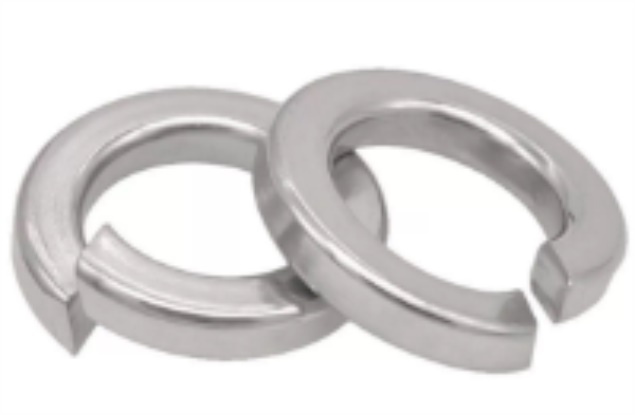drywall screw length service
Understanding Drywall Screw Length A Guide for Home Improvement Enthusiasts
When it comes to home improvement projects, particularly those involving drywall installation, choosing the right type of drywall screws is crucial. Among the various factors to consider, the length of the drywall screw plays a significant role in ensuring a secure and stable finish. This article will explore the importance of drywall screw length, the different sizes available, and some practical tips for selecting the right screws for your project.
What is Drywall?
Before delving into the specifics of drywall screws, it's essential to understand what drywall is. Drywall, also known as gypsum board or plasterboard, is a construction material used to create interior walls and ceilings. It consists of a gypsum core sandwiched between two sheets of heavy paper. Drywall is favored for its ease of installation and finishing, as well as its fire-resistance properties compared to traditional plaster.
Why Drywall Screws?
Drywall screws are specifically designed for securing drywall sheets to wooden or metal studs. They feature a sharp point and coarse threads that allow for quick penetration into the material, ensuring a tight grip. Unlike regular screws, drywall screws are less likely to strip or break when installed correctly. Their design reduces surface tearing and creates a smooth finish that is essential for subsequent painting or wallpapering.
Importance of Screw Length
Choosing the appropriate screw length is crucial for several reasons
1. Stability A screw that is too short may not penetrate deep enough into the stud, leading to a weak hold. Conversely, a screw that is too long might puncture through the other side of the stud, creating issues in the wall structure.
2. Aesthetics Long screws can create unsightly dimples or bulges on the drywall surface, which may require additional patching and sanding before painting. Selecting the right length minimizes this concern.
3. Preventing Damage Using screws that are too long can lead to damage of nearby electrical wiring, plumbing, or insulation hidden within the walls.
Common Screw Lengths
Drywall screws are available in various lengths, but the most common sizes range from 1 inch to 3 inches. Here are some general guidelines for selecting screw lengths based on the thickness of the materials being used
drywall screw length service

- 1-inch screws Best suited for attaching 1/4-inch to 1/2-inch thick drywall to wooden or metal studs. These screws provide enough penetration while avoiding damage to the studs.
- 1.25-inch screws Ideal for 1/2-inch drywall. They offer a good balance of depth and stability, ensuring that the drywall is securely fastened without overshooting.
- 1.5-inch screws Recommended for 5/8-inch drywall. This length ensures that the screws anchor securely into the studs, providing optimal support.
- 2-inch screws Often used in cases where thicker materials or double-layered drywall installations are present. These screws must be carefully monitored to avoid overly penetrating the studs.
Tips for Selecting the Right Drywall Screws
1. Consider the Thickness of Your Drywall Always match the screw length to the thickness of the drywall you are using. This will help guarantee a solid connection without risk of damage.
2. Check Your Studs Know whether you are working with wooden or metal studs. Longer screws may be necessary for heavier materials or depending on the installation method.
3. Use Compatible Tools Ensure you have the right drill and bits. An electric screwdriver or drill with adjustable torque is ideal for driving drywall screws, as it prevents overshooting.
4. Pre-drilling In some cases, especially with hard wood studs, pre-drilling may be a good idea to prevent splitting and to ensure an easier drive for the screws.
5. Consult Local Codes Local building codes may provide specific requirements regarding screw lengths and fastening methods, particularly in load-bearing walls.
Conclusion
Choosing the correct length of drywall screws is a small but vital aspect of any drywall installation project. Understanding the significance of screw length, along with the respective sizes available, can greatly impact the safety, stability, and appearance of your finished walls. By following the guidelines and tips outlined in this article, you can ensure a successful installation that stands the test of time, making your home improvement project a rewarding experience.
-
Top Choices for Plasterboard FixingNewsDec.26,2024
-
The Versatility of Specialty WashersNewsDec.26,2024
-
Secure Your ProjectsNewsDec.26,2024
-
Essential Screws for Chipboard Flooring ProjectsNewsDec.26,2024
-
Choosing the Right Drywall ScrewsNewsDec.26,2024
-
Black Phosphate Screws for Superior PerformanceNewsDec.26,2024
-
The Versatile Choice of Nylon Flat Washers for Your NeedsNewsDec.18,2024










